Monthly Motivation: A Year of Cute Inspiration for Adults and Teens
Discover 36 delightful motivational designs that follow the rhythm of the year! Monthly Motivation is specifically designed for colorists of all skill levels seeking creative inspiration. This charming coloring collection brings seasonal joy and uplifting messages to life with cute, accessible illustrations.
What’s Inside:
🗓️ 36 unique designs (3 for each month of the year)
🎨 Beginner-friendly patterns with adorable seasonal motifs
🖌️ Single-sided pages to prevent color bleed-through
💬 Uplifting motivational quotes for daily inspiration and monthly motivation
🧠 Perfect for stress relief and mindful relaxation
Available Format:
🔖 Premium Paperback: 8.5″ x 8.5″ book with high-quality single-sided pages
Designed Exclusively For:
🎯 Colorists of all ages and skill levels seeking creative joy
🌸 Seasonal enthusiasts who appreciate cute, themed illustrations
🎁 A thoughtful year-round gift that brings monthly motivation and relaxation
Get comfy and grab your colors to bring each month’s motivational magic to life!
Peek Inside: Coloring Journey



Colorful Inspirations




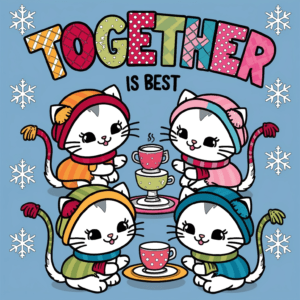



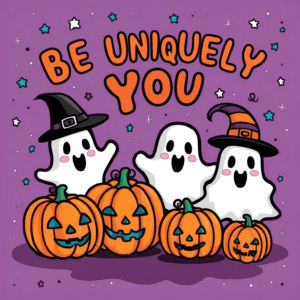



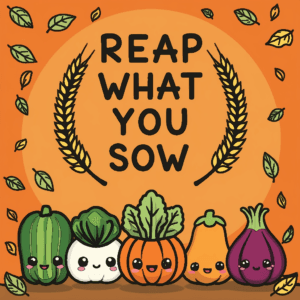
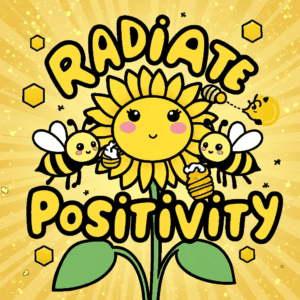

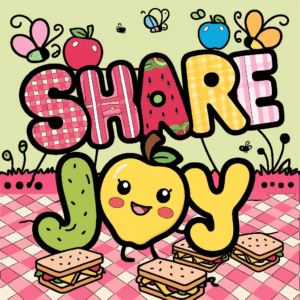




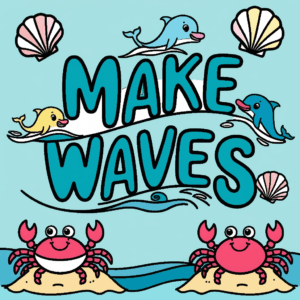
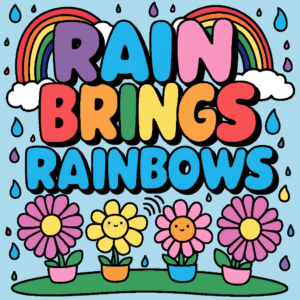



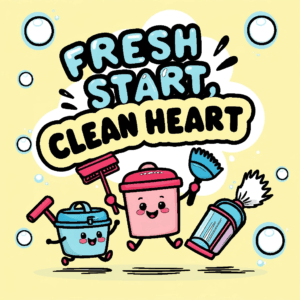
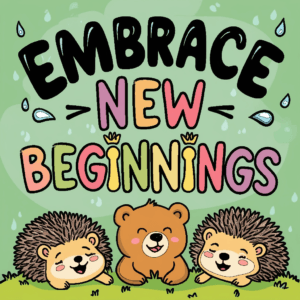




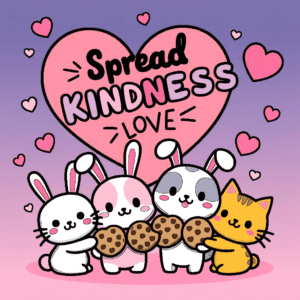

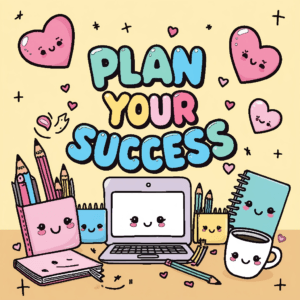
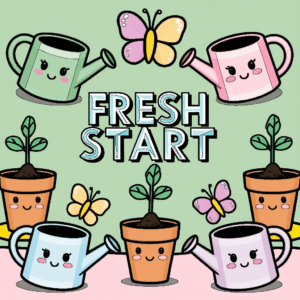
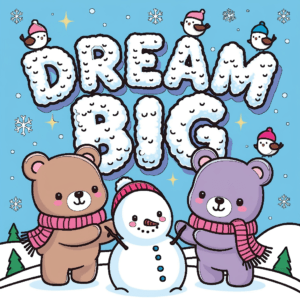
The Therapeutic Art of Coloring: Benefits Beyond the Page
Coloring has emerged from childhood pastime to recognized wellness activity for people of all ages. This simple yet engaging practice offers remarkable benefits that extend far beyond creating beautiful artwork. From stress reduction to cognitive enhancement, coloring provides a accessible creative outlet with profound effects on mental and emotional wellbeing. Learn more on our blog!
The Science Behind Coloring’s Calming Effect
Research demonstrates that coloring activates both hemispheres of the brain in a harmonious dance of creativity and logic. When we color, the amygdala—our brain’s fear center—receives signals to relax, reducing stress hormone production. The repetitive motions and focused attention required create a meditative state similar to mindfulness practices.
Studies published in the Journal of the American Art Therapy Association show that just 20 minutes of coloring can significantly decrease anxiety levels and improve attention span. This neurological response explains why many people experience a sense of calm washing over them as they fill pages with color.
Mental Health Benefits of Regular Coloring
Stress Reduction and Anxiety Management
Coloring engages the same neural pathways activated during meditation. The rhythmic, repetitive nature of coloring creates a form of active meditation, allowing the mind to focus on the present moment while temporarily setting aside worries and ruminations. Many therapists now recommend coloring as part of anxiety management protocols.
Mood Enhancement
Completing a coloring page triggers the reward center in your brain, releasing dopamine—the “feel-good” neurotransmitter. This natural mood booster helps combat symptoms of depression while providing a sense of accomplishment and satisfaction.
Emotional Regulation
The structured nature of coloring provides a safe space to process emotions. Many people report using coloring during emotionally challenging times to help organize their thoughts and feelings in a non-verbal way. This creative expression offers an emotional outlet when words seem inadequate.
Cognitive Benefits That Surprise Researchers
Enhanced Focus and Concentration
In our digitally distracted world, coloring offers a rare opportunity for sustained attention. The practice strengthens neural pathways associated with concentration, which can transfer to other areas of life requiring focused attention.
Improved Fine Motor Skills and Coordination
The precision required for coloring within lines or small spaces provides excellent exercise for fine motor skills. This benefit extends to people of all ages, from children developing hand-eye coordination to seniors maintaining dexterity.
Memory Enhancement
The combination of visual processing, color recognition, and pattern completion activates multiple brain regions simultaneously. This cross-brain activation has been linked to improved memory function and cognitive resilience in aging populations.
Coloring Across the Lifespan
Children and Development
For children, coloring builds essential pre-writing skills while fostering creativity and self-expression. It helps develop spatial awareness, color recognition, and the ability to follow directions—foundational skills for academic success.
Adults and Stress Management
Adults often turn to coloring as a digital detox strategy and stress management technique. The accessible nature of coloring provides creative fulfillment without the pressure of mastering complex artistic techniques.
Seniors and Cognitive Maintenance
Research shows that artistic activities like coloring help maintain cognitive function in older adults. These activities stimulate neural pathways, potentially slowing cognitive decline and providing a sense of accomplishment and joy.
Choosing the Right Coloring Experience
Freeform vs. Structured Coloring
Different coloring styles offer unique benefits. Freeform coloring encourages creative expression without boundaries, while structured formats like color-by-number provide clear guidance that reduces decision fatigue.
Finding Your Ideal Complexity Level
Coloring designs range from simple patterns to intricate mandalas. Beginners might prefer larger spaces and fewer details, while experienced colorists often enjoy the meditative challenge of complex designs requiring sustained focus.
Exploring Various Themes
From nature scenes to abstract patterns, geometric designs to fantasy illustrations, the theme you choose can enhance your coloring experience. Nature themes often promote calm, while geometric patterns may enhance focus.
Frequently Asked Questions
How long should a coloring session last to get mental health benefits?
Research suggests even 20-30 minutes of coloring can significantly reduce stress levels. However, the benefits increase with regular practice. Many enthusiasts find that 45-60 minute sessions several times per week provide optimal results for stress reduction and improved mood.
What coloring tools are best for beginners?
High-quality colored pencils are often recommended for beginners as they offer control, blending capability, and forgiveness for mistakes. Gel pens and fine-tip markers are excellent additions as you become more comfortable with different techniques.
Can coloring really help with serious anxiety issues?
While coloring should not replace professional treatment for clinical anxiety disorders, many therapists incorporate it as a complementary practice. The rhythmic, focused nature of coloring helps activate the parasympathetic nervous system, reducing physiological symptoms of anxiety.
Is digital coloring as beneficial as traditional coloring?
Traditional coloring offers tactile benefits that digital cannot match, including fine motor skill development and a break from screen time. However, digital coloring apps still provide many of the focus and stress-reduction benefits, making them a convenient alternative when traditional materials aren’t available.
How can I make coloring a social activity?
Coloring groups have become increasingly popular, offering both creative expression and social connection. Host a coloring night with friends, join a local coloring club, or participate in online coloring communities to share techniques and inspiration while enjoying conversation.
Will coloring make me more creative in other areas of life?
Many people report that regular coloring sessions unlock creative thinking in other domains. The regular practice of making color choices and seeing how elements work together often transfers to improved creative problem-solving and aesthetic awareness in daily life.
Tips for a Fulfilling Coloring Experience
- Create a dedicated coloring space with good lighting and comfortable seating
- Organize your coloring supplies for easy access and inspiration
- Start with larger sections before moving to detailed areas
- Experiment with different techniques like shading, layering, and color blending
- Take breaks to prevent hand fatigue during longer sessions
- Display your finished work or create a portfolio to track your progress
Whether you’re seeking stress relief, creative expression, or cognitive enhancement, coloring offers an accessible pathway to improved wellbeing. This simple practice, available to anyone with paper and coloring tools, continues to prove its value as both art form and therapeutic technique.
Explore our Amazon profile to discover our full collection of books!

